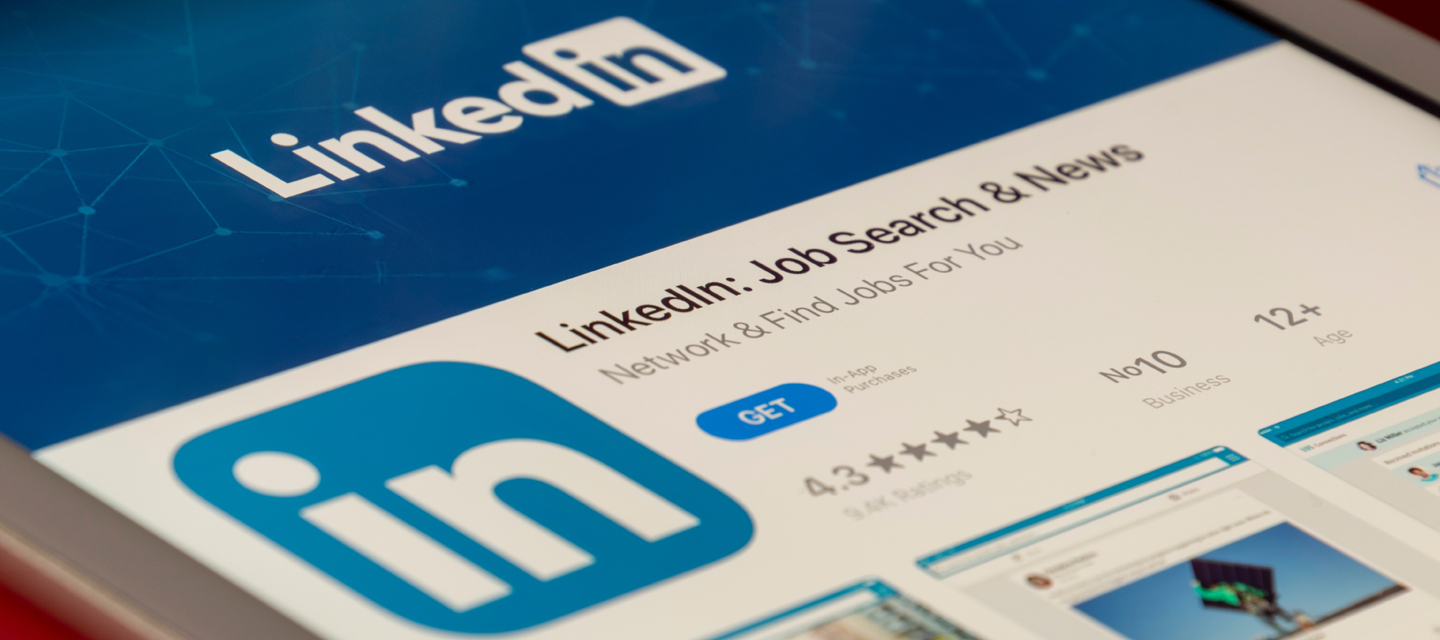Driving organic social media traffic to your ecommerce store
In this blog post, Anand explores how you can use organic social media for your own e-commerce business.

Social media is like a Swiss knife for ecommerce stores as it offers n-dimensional opportunities for brand promotion, real-time customer engagement, and direct sales generation.
And the best part — it’s visual, interactive, and data-driven!
The only thing making it sweeter is if brands can generate high organic traffic on their accounts and drive it to their online store. Then, the sales graph goes up and up.
In this blog post, we explore how you can do that for your own ecommerce business.
But first, let’s understand:
Why using social media for your ecommerce store makes perfect sense
- Visual storytelling: Visual content is more engaging and memorable than plain text anyday. Social media platforms like Instagram, Pinterest, and TikTok, which are image and video-centric, are ideal for showcasing your products in an appealing and immersive way.
You can create visually compelling narratives around your brand, giving potential customers a deeper understanding of your products and their benefits.
- User-generated content (UGC): When customers post pictures and reviews of your products on their social media accounts, it acts as authentic and persuasive social proof that can influence others (just like them) to make a purchase.
[Source]
People see your product in action, so there is a higher chance that it will drive clicks and conversions. This ends up generating more interaction for you.
With organic social media, you bring down the CAC over time as your visibility grows.
- Engagement and community building: Features like likes, comments, and DMs allow you to engage with your audience in real-time. Responding to comments and messages, like a human most importantly, can build a sense of community and trust around your brand.
- Customer loyalty and advocacy: Social media is a place where you can reward loyal customers and turn them into brand advocates. Offer exclusive discounts or access to product launches for your social media followers, and they’ll likely recommend your products to their friends and followers, further expanding your reach.
How to drive organic social media traffic to your ecommerce store
It might seem like a complex goal, but if you follow these steps it can be quite a straightforward path for you:
1. Pick the relevant social media channels
Before you execute your what, you must clearly know your why.
And the same rings true for picking a social media platform(s) for your ecommerce store. Just because some other ecomm business is using it, doesn’t mean you should choose it as well. This is where audience analysis comes in.
Remember that your choice of social media platform(s) should align with your target audience and the type of products you offer.
Let’s roll up our sleeves, and get down to identifying why each of the following social media platforms are a good choice for driving organic traffic to your eCommerce store:
- Visual appeal: Instagram is a visually driven platform, making it perfect for showcasing your products. High-quality images and videos can captivate users and generate interest in your offerings.
- Shopping features: Instagram Shopping allows users to browse your products, view prices, and make purchases directly within the app. This frictionless buying experience spikes up the conversion rate.
[Source]
- Influencer partnerships: Collaborating with influencers who align with your brand can expand your reach. Influencers can create authentic content that resonates with their followers, driving traffic to your store, for which you’d need to pay a bomb if you chose the paid ads route.
TikTok
- Short-form creativity: TikTok’s short video format encourages creativity and can be used for engaging product demonstrations or entertaining content that highlights your products.
- Trend utilization: TikTok trends and challenges can quickly gain popularity. Participating in relevant trends or creating your own unique challenges can help your content go viral, exposing your brand to a much much wider audience.
- User-generated content: Encourage UGC by running contests or challenges related to your products. UGC can provide authentic social proof and drive organic traffic as users share their experiences.
YouTube
- In-depth product information: YouTube is ideal for providing comprehensive product information. You can create detailed product reviews, tutorials, and demonstrations that help customers make informed decisions.
- Educational content: Beyond product-focused videos, you can produce educational content related to your niche. This positions your brand as a trusted resource, attracting viewers who are interested in your products.
- SEO benefits: YouTube videos are searchable, meaning they can rank in SERPs. Optimizing video titles, descriptions, and tags can help your content continue to generate organic traffic long after it’s published.
- Visual discovery: Pinterest is all about visual discovery. If your products are visually appealing or fit into popular trends, creating eye-catching pins can drive traffic to your store.
- Link sharing: Pins can link directly to your ecommerce store, providing a straightforward path for users to explore and purchase your products.
- Evergreen content: Unlike some social media platforms where content quickly fades, pins have a longer lifespan. A well-pinned image can continue to drive traffic for months or even years.
2. Produce the best content
Generating organic social media traffic requires a mix of high-quality content, audience engagement, strategic partnerships, and data-driven optimisation. Plus, it requires you to be completely in the know of your audience’s pain-points and tastes.
When it comes to the act of producing top-notch content, it stems down to the following:
Strategized content production and collaboration
- Work with a dedicated team to develop a content strategy that aligns with your brand’s goals and target audience. Define the type of content you’ll create, create a scalable content workflow, posting frequency, and key messaging themes.
- Assign roles within your team for content creation — including photographers, videographers, designers, and copywriters. Ensure that team members understand your brand’s visual and messaging guidelines.
- Plan your posts in advance, you need to craft a content calendar. Content curation tools can help you discover and organise relevant content, ensuring consistency and allowing you to align your posts with important events, holidays, or product launches.
- Collaborating with freelancers or agencies can bring specialized skills to your content production — such as professional photography, video editing, or graphic design.
- Freelancers,agencies, or text generation tools can help scale your content production efforts during peak times or when you have specific projects that require extra resources.
- Agencies often have the resources to maintain a consistent posting schedule, freeing up your internal team to focus on other aspects of your business.
Creating copy that converts
- Before writing the copy, deeply understand your target audience’s needs, pain points, and preferences. Craft your messaging to address these aspects in your posts to convince them that your products are genuinely helpful.
- Start with a compelling headline that piques curiosity or highlights the value of your content or offer.
- Social media platforms often have character limits, so make your copy concise and to the point. Aim for brevity without sacrificing clarity.
- Every post should have a simple yet clear CTA that guides users on what action to take next. Whether it’s simply Shop Now, Learn More, or Sign Up, a well-placed CTA is responsible for driving conversions.
- Experiment with different copywriting approaches to identify what resonates best with your audience.
- Craft compelling stories around your products or brand. Stories create an emotional connection with the audience and make your content more relatable.
Influencer tie-ups
- Tie up with the influencers who share your brand values and have an audience almost identical to your TG. This way, you’d know beforehand that their followers would be genuinely interested in your products.
- Clearly define the terms of the collaboration — including content requirements, posting schedules, and compensation.
- Ask them to post their authentic reviews, so it doesn’t just look genuine, but actually is. Your audience can sniff dishonesty from a mile away.
User-generated content (UGC)
- Encourage your most loyal customers to share their product experience(s) on their social media accounts with your branded hashtag. Repost this UGC on your own profiles to showcase authentic endorsements.
- Run contests or campaigns that compel users to create and share content related to your brand. Offering incentives such as discounts or prizes for participation is the best way.
3. Use social media scheduling tools
To ensure your social media strategy works how you planned, you need to be fiercely consistent with your posting schedule.
That’s precisely where social media scheduling tools come into play as they allow you to plan and schedule posts in advance, ensuring that your content goes out at optimal times — even without your active account management.
Begin by creating a content calendar that outlines your posting schedule for each social media platform. This calendar should specify the date, time, platform, and content type for each post. Having a well-structured calendar ensures a consistent presence on social media.
And to maintain consistency, consider batch-creating content. Set aside dedicated time to create several posts at once. This allows you to plan and schedule content for weeks or even months ahead, saving time in the long run.
Don’t allow yourself to typecast your brand, period.
So, ensure your content calendar includes a variety of content types — including images, videos, blog posts, and UGC. This diversity keeps your audience engaged and prevents content fatigue.
4. Use native analytics tools to study what content type works
Most social media platforms offer native analytics tools that provide key insights into the performance of your posts. You can use these social media analytics tools to track metrics such as — reach, engagement, click-through rates, and conversions.
[Source]
Regularly review your analytics to identify which types of content perform best in terms of views and conversions.
And look for patterns in the content that resonates with your audience. Are certain product images getting more clicks? Are video tutorials leading to conversions?.
Experiment with different variations of content to see what works best. For example, you can test different headlines, visuals, or posting times to determine which combinations lead to higher engagement and conversions.
Set up conversion tracking on your website to directly measure the impact of social media traffic on your sales. Many platforms, like Facebook, allow you to track conversions originating from social media.
5. Choose to nurture customers instead of completely depending on algorithms
Very few customers are going to buy from you in one shot. Also, only a handful of products even qualify for impulse purchases. On top of that, when you’re dealing with highly volatile social media algorithms, you need a den where you can nurture your customers at your pace.
You guessed it right — an email list!
So, you need to direct that social media traffic not just to your product pages, but also to your mailing list. By nurturing potential customers through your mailing list, you can guide them toward making informed purchasing decisions. This allows you to leverage social media traffic not only for immediate conversions but also for long-term customer engagement.
Here’s how you do it effectively:
- To dodge the wrath of algorithm changes, diversify your content. So, no reliance on one type of content or platform. Experiment with various formats like videos, images, stories, and live streams.
- Actively engage with your followers by responding to comments, messages, and questions promptly. High engagement can positively influence how your content is treated by algorithms.
- Algorithms often favor accounts that consistently provide value and engage their audience. So, be consistent with posting high-quality content.
- Segment your mailing list based on user preferences, behaviors, and demographics. This allows you to send personalized content and promotions that are more likely to resonate with specific segments of your audience.
- Regularly promote your mailing list on your social media accounts. Highlight the benefits of subscribing — such as exclusive offers, early access, and valuable content.
- Implement email automation to send a series of nurturing emails to new subscribers. Gradually introduce them to your brand, products, and value proposition. Include informative content, testimonials, and product recommendations.
While working on such promotional strategies, you may notice that some tactics work better than others. For example, offering a freebie in return for signing up to your newsletter may see high subscription rates. But it is important to build a diverse portfolio of email subscribers who are motivated buyers.
Otherwise, you risk building an email list that may see poor conversion when you actually stop your freebie promotions and want to monetise the list.
Wrapping up
There is no doubt that organic growth that can result in serious business takes time. But, if you hit it right, increased visibility, brand trust, and a high conversion rate knock your door.
If you follow the above-mentioned strategies, you will dish out content that will lure your audience to your ecommerce store, make them interested in your company enough to explore your products and at least buy from you once.
And if you hit a home run with customer support and timely delivery, they can become a repeat customer and your best kind of brand ambassador!
If you want to chat about how you can build your social media presence, or leverage your social media traffic, get in touch today. We’re a friendly bunch and honestly would love an excuse to talk to you about your social media.
More insights from the team


